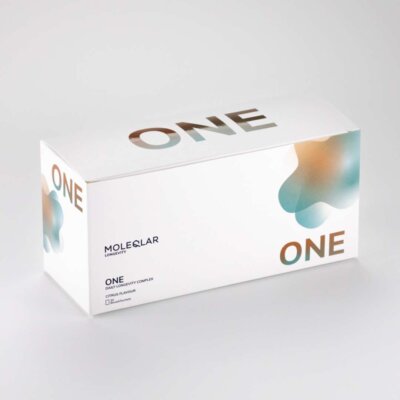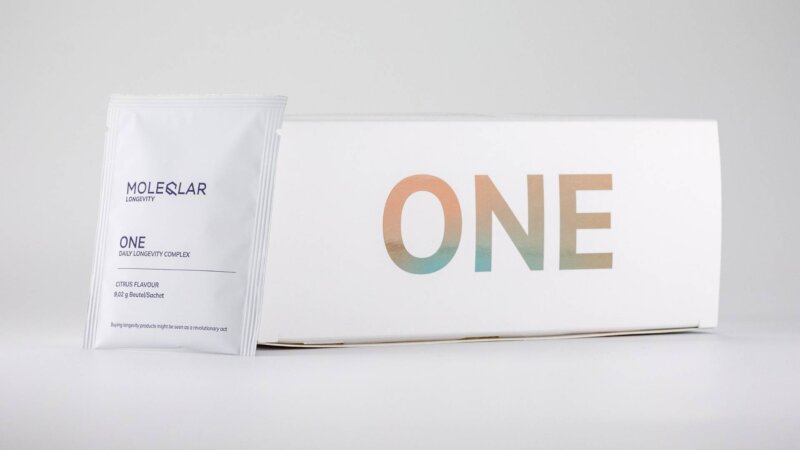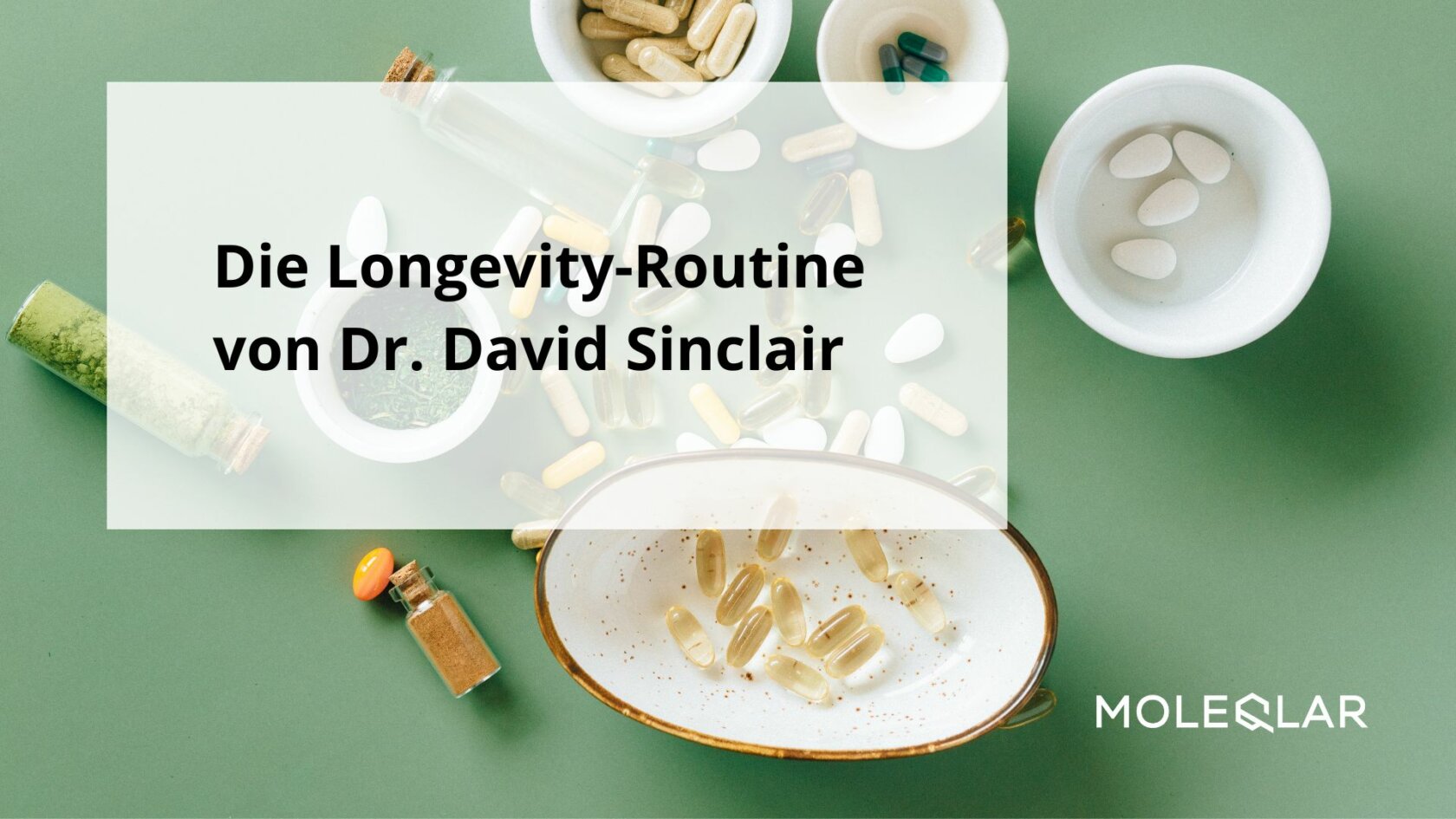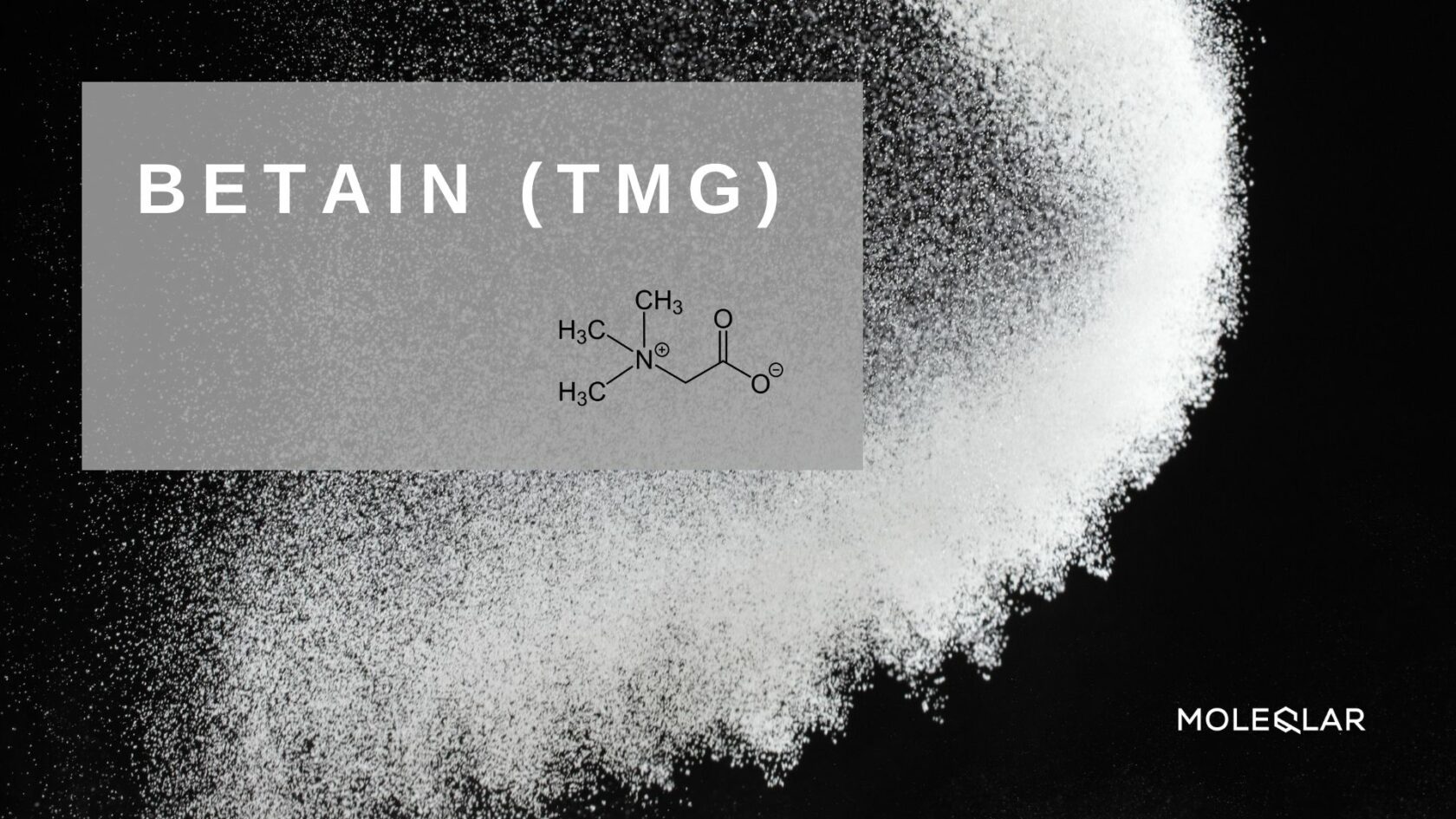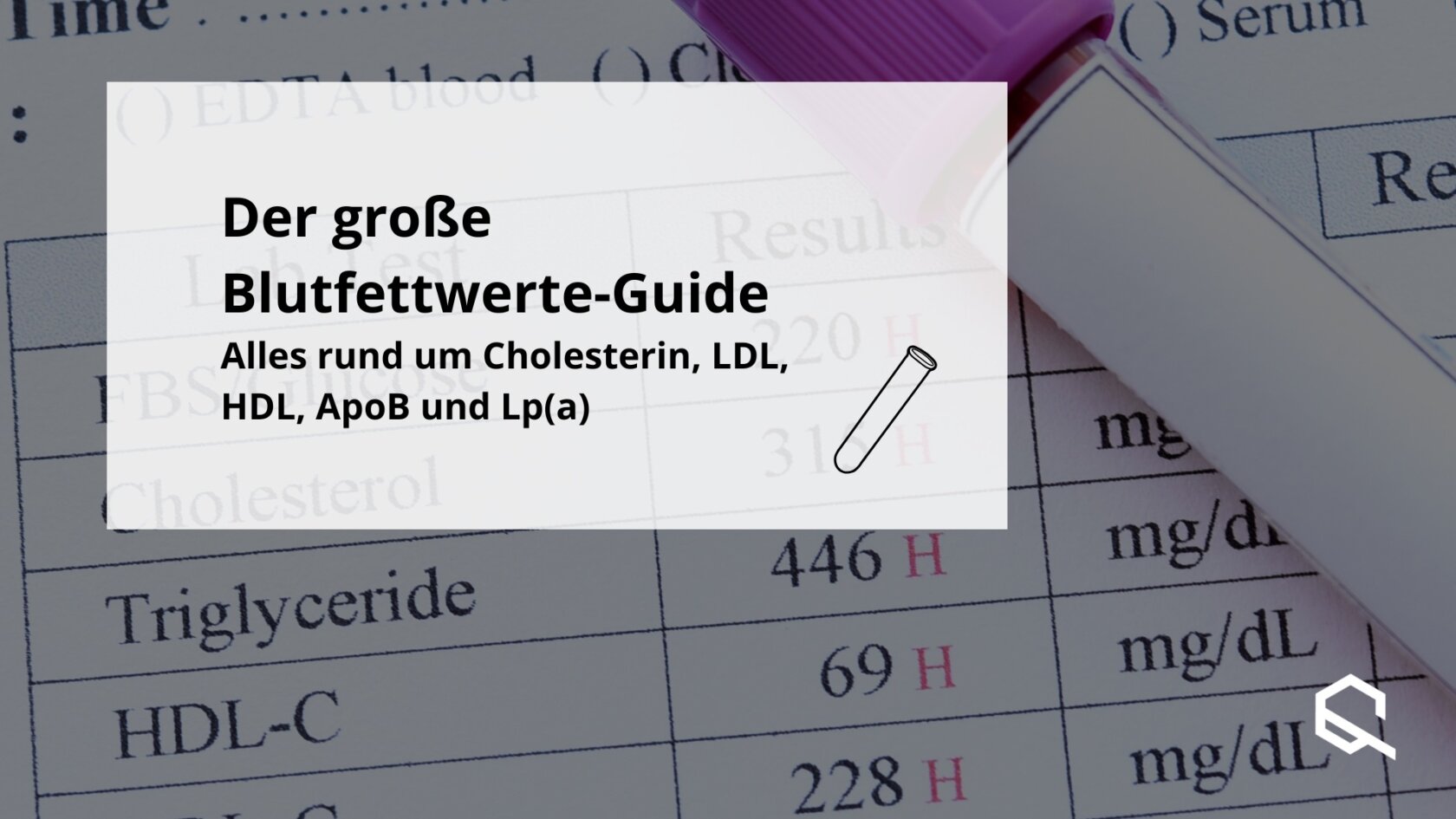Another year has passed. Another candle burns on the birthday cake. And just as the English saying "An apple a day, keeps the doctor away" promises, unfortunately you can't make it without medical support. Neither healthy eating nor regular exercise can replace a doctor's appointment for a check-up. Quite the opposite. The day of the health check-up is approaching again. Let's see whether last week's bar of chocolate, the glass of red wine at the end of the day or the sports leave finally pay off. But if you put everything on the scale, the bottom line is that you live quite healthily and feel quite fit. This is also confirmed by the doctor and the laboratory findings. Most of the blood values are within the normal range. Phew, lucky! Nevertheless, there is a small snag. On the sample results, one value stands out that is too high: homocysteine. But what is that anyway? Is it dangerous - and what can you do about it?

What is homocysteine.
Homocysteine is more or less the successor to the dreaded cholesterol - at least as the top suspect on the black list of cardiovascular toxins. Yet this intermediate product of metabolism actually has nothing to do with fats: Homocysteine is a natural amino acid in the human body and is a derivative of the amino acid methionine. In contrast to methionine, homocysteine is a non-proteinogenic molecule. This means that it is not encoded by DNA, i.e. transcribed, and thus does not form a component of protein synthesis at the cellular level. Methionine, on the other hand, is indispensable as an essential protein building block for many processes in our body. Since we cannot produce it ourselves, it must be supplied through food. When larger amounts of methionine are ingested or processed, homocysteine is formed from it as an intermediate product. Okay, that sounds conclusive. But why then is homocysteine dangerous if it occurs naturally and physiologically in our bodies?

Friend or foe.
As we have already learned, homocysteine is a stop in the waste transport of methionine. In this process, the molecule is temporarily deposited in various forms before it is further completely eliminated. The smallest proportion of homocysteine is available as a pure amino acid in the circulation, while the majority is bound to proteins or salts in the blood plasma. In this respect, our blood resembles an "inner sea". A too high content of homocysteine in the blood plasma reduces the solubility of the salt in the human ocean - according to the motto, too many cooks add salt to the soup. This happens, for example, when the further degradation process does not work due to a lack of homocysteine-degrading enzymes. This can be quite problematic: a rare disease with extremely high homocysteine levels has been known for a long time, called homocysteinuria (literally, accumulation of homocysteine in the urine). In these patients, the constantly elevated homocysteine level leads to a pronounced development of arteriosclerosis and the formation of blood clots due to premature damage to the vessel walls.
The chicken-and-egg problem.
However, it has been known for some time that even slightly elevated concentrations of homocysteine in the blood can be associated with an increasing risk of cardiovascular and vascular diseases such as stroke. Excess homocysteine is thus also considered an independent risk factor for dozens of diseases of old age such as diabetes, Alzheimer's or osteoporosis. One question that many scientists are now pondering is whether homocysteine is now just a marker or the direct culprit of these diseases. So, to put it simply, which came first? Hen or egg - disease or homocysteine?
The way in which homocysteine causes damage has not yet been precisely clarified. However, recent research results suggest that the substance can have a toxic effect via three main pathways. On the one hand, through the modification of protein structures and thus their function, or on the other hand, through the induction of oxidative stress. In addition, it can lead to the death of neuronal cells via so-called excitotoxicity, i.e. harmful overstimulation of the nerve cell. Overall, however, researchers agree that homocysteine is an important indicator of general health.

What that means for us.
Basically, homocysteine, along with other cellular changes associated with ageing, can contribute to the development of cellular dysfunction. So it is definitely worth checking homocysteine levels regularly. Fasting blood levels of between 5 and 15 micromoles per litre are considered "normal", and a level of less than 10 micromoles per litre is considered optimal. However, about half of all 50-year-olds are above this level and thus in the red zone. Overall, according to epidemiological studies, about five to seven percent of the population have slightly elevated homocysteine levels.
Where does this come from? Just as homocysteine is formed from methionine in normal metabolism, it can be remethylated back to methionine. Normally, two regulatory mechanisms ensure that homocysteine is completely converted: Both a vitamin-dependent pathway and one with the help of betaine.
Two paths, one goal.
Of course, the vitamin-dependent pathway only works if both vitamin B12, vitamin B6 and folic acid are present in sufficient quantities. If only one of these vitamins is missing, the breakdown is already significantly disrupted. There are many different reasons for a deficiency of the three vitamins mentioned: On the one hand, many people still eat too little fruit and vegetables, and therefore generally take in too few vitamins. On the other hand, it has been proven that people who are vegan or vegetarian are particularly deficient in vitamins, especially B12 and B6. Especially in older people, food intake is more and more restricted. In addition, other diseases such as reduced kidney function or chronic gastritis can worsen the vitamin status. So the rule is: nothing works without vitamins. But there is another way. In this way, betaine plays an important role and makes it possible to fight against the dangerously elevated homocysteine level in the human body.

The way is the goal
The answer to the question of whether a dietary supplement with vitamins or betaine protects our body from disease is still not clear from research. However, science is optimistic. Studies have already confirmed that both the supplementation of the necessary vitamins and the sole intake of betaine can lower elevated homocysteine levels. Similarly, another natural molecule called resveratrol, which is found in the skin of red grapes, peanuts and berries, also manages to reduce plasma levels of homocysteine. This plant antioxidant may even protect the body from damage associated with increased risk of cardiovascular and neurological disease or cancer.
A high homocysteine level does not necessarily mean the glass is overflowing. Nevertheless, we should listen to our body when it wants to tell us something with increased homocysteine levels: Are you ready to set off? Because the path is the goal.
References
Škovierová, H., Vidomanová, E., Mahmood, S., Sopková, J., Drgová, A., Červeňová, T., Halašová, E., & Lehotský, J. (2016). The Molecular and Cellular Effect of Homocysteine Metabolism Imbalance on Human Health. International journal of molecular sciences, 17(10), 1733. https://doi.org/10.3390/ijms17101733
Zhang, C., Feng, Y., Qu, S., Wei, X., Zhu, H., Luo, Q., Liu, M., Chen, G., & Xiao, X. (2011). Resveratrol attenuates doxorubicin-induced cardiomyocyte apoptosis in mice through SIRT1-mediated deacetylation of p53. Cardiovascular research, 90(3), 538-545. https://doi.org/10.1093/cvr/cvr022
https://www.zeit.de/gesundheit/gesundheitsfragen/gesundheitsfrage-11
Graphics
The graphics were acquired under licence from Shutterstock.com and marked accordingly
